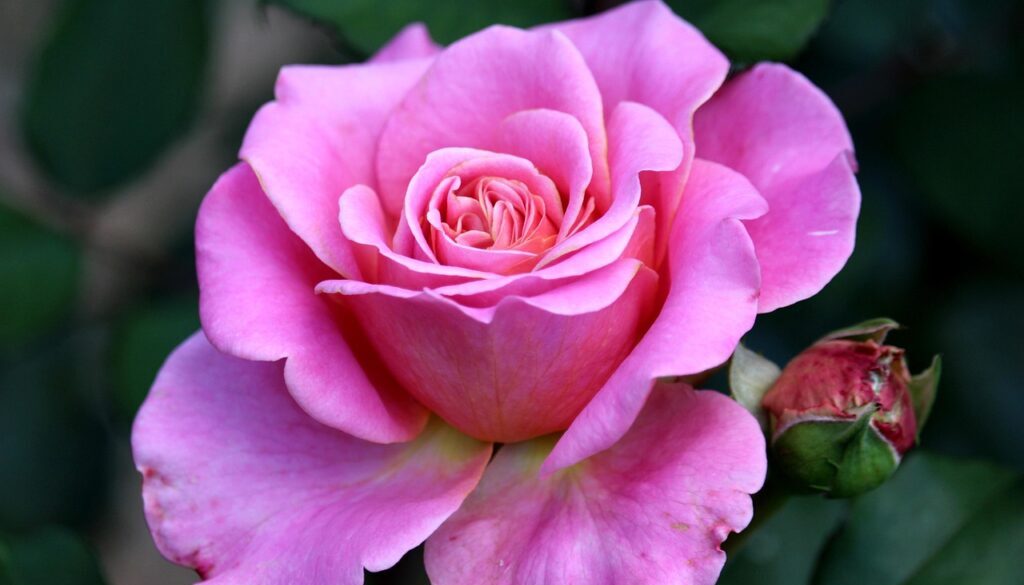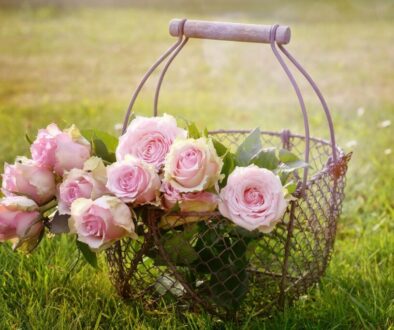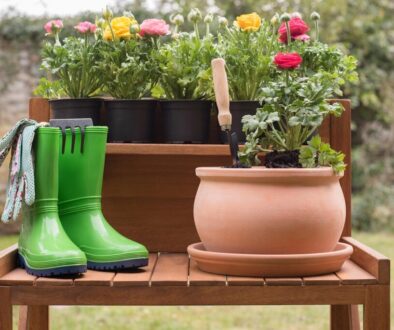Common Mistakes to Avoid When Growing Roses: A Guide to Blooming Success
Roses are the crown jewels of any garden, but growing them can feel like a tricky balancing act. Don’t worry—you’re not alone! Even seasoned gardeners make mistakes when nurturing these beauties. The good news? Most rose-growing blunders are easy to avoid once you know what to look for. Let’s dive into the most common pitfalls and how to avoid them to keep your roses thriving.
1. Overwatering or Underwatering: Finding the Sweet Spot
One of the quickest ways to sabotage your roses is by getting their water needs wrong. Too much water and you’ll drown their roots, leading to rot. Too little, and they’ll dry out faster than a forgotten houseplant. Roses love consistency, so aim for deep watering once or twice a week, depending on your climate. Stick your finger into the soil—if it’s dry an inch down, it’s time to water. If it’s soggy, hold off and let it breathe. Remember, roses are like Goldilocks—they want their water just right!
2. Ignoring Soil Health: The Foundation of Happy Roses
Think of soil as the rose’s home—it needs to be cozy, nutrient-rich, and well-draining. One common mistake is planting roses in poor-quality soil and expecting them to thrive. Roses are heavy feeders, so they crave soil packed with organic matter. Before planting, mix in compost or well-rotted manure to give them a nutrient boost. Also, test your soil’s pH—roses prefer it slightly acidic, between 6.0 and 6.5. If your soil is too alkaline, add sulfur; if it’s too acidic, sprinkle some lime. A little prep goes a long way in keeping your roses happy!
3. Skipping Pruning: The Art of Shaping Your Roses
Pruning might seem intimidating, but it’s essential for healthy, blooming roses. One big mistake is skipping it altogether or pruning at the wrong time. Without proper pruning, your roses can become overgrown, leggy, and prone to disease. The best time to prune is in early spring, just as new growth begins. Use clean, sharp shears to remove dead or weak branches, and shape the plant to encourage airflow. Don’t be afraid to cut—roses are resilient and will reward you with lush growth and vibrant blooms.
4. Overcrowding: Give Your Roses Room to Shine
It’s tempting to plant roses close together for a fuller look, but overcrowding is a recipe for trouble. When roses are too close, they compete for nutrients, water, and sunlight. Plus, poor airflow can lead to fungal diseases like powdery mildew or black spots. Give each rose bush plenty of space—usually about 2 to 3 feet apart, depending on the variety. This allows their roots to spread and their leaves to bask in the sun, keeping them healthy and disease-free.
5. Forgetting to Mulch: A Simple Step with Big Benefits
Mulching is like giving your roses a cozy blanket—it keeps the soil moist, regulates temperature, and suppresses weeds. Yet, many gardeners overlook this simple step. Apply a 2-3 inch layer of organic mulch, like wood chips or straw, around the base of your roses. Just be sure to keep the mulch a few inches away from the stem to prevent rot. Mulching not only protects your roses but also adds a polished look to your garden.
6. Neglecting Pest Control: Stay One Step Ahead
Roses are magnets for pests like aphids, spider mites, and Japanese beetles. Ignoring these tiny invaders can quickly turn your rose garden into a bug buffet. Regularly inspect your plants for signs of pests, such as chewed leaves or sticky residue. If you spot trouble, act fast! Use insecticidal soap or neem oil for a gentle yet effective solution. For a more natural approach, introduce beneficial insects like ladybugs, which love to snack on aphids. A little vigilance goes a long way in keeping your roses pest-free.
7. Overfertilizing: More Isn’t Always Better
It’s easy to think that more fertilizer equals more blooms, but overdoing it can harm your roses. Too much fertilizer can burn the roots, stunt growth, or lead to excessive foliage with few flowers. Stick to a balanced, slow-release fertilizer formulated for roses, and follow the instructions carefully. Typically, fertilizing once in early spring and again after the first bloom is enough to keep your roses thriving. Remember, moderation is key!
8. Planting in the Wrong Spot: Sunlight Matters
Roses are sun worshippers—they need at least 6 hours of direct sunlight daily to bloom their best. A common mistake is planting them in shady spots or areas with poor light. Before planting, observe your garden to find the sunniest location. If your roses aren’t getting enough light, they’ll become leggy and produce fewer blooms. Don’t be afraid to transplant them if needed—your roses will thank you with a dazzling display of flowers.
9. Ignoring Disease Prevention: An Ounce of Prevention
Roses are prone to diseases like black spots, powdery mildew, and rust. Ignoring early signs can lead to a full-blown outbreak that’s hard to control. Keep an eye out for discolored leaves, white powdery patches, or unusual spots. Remove affected leaves immediately and dispose of them to prevent spreading. Regularly spray your roses with a fungicide or a homemade solution of baking soda and water to keep diseases at bay. Healthy roses start with proactive care!
10. Choosing the Wrong Variety: Know Your Garden
Not all roses are created equal, and picking the wrong variety for your climate or garden size is a common mistake. Some roses thrive in cooler climates, while others prefer the heat. Climbing roses need support, while shrub roses are more compact. Research different varieties and choose ones that suit your garden’s conditions. If you’re unsure, consult a local nursery for advice. The right rose in the right place will make all the difference.
11. Overlooking Winter Care: Protect Your Roses
Roses may look tough, but they need extra care to survive winter. A common mistake is neglecting them once the growing season ends. Before the first frost, prune your roses back by about one-third and remove any dead or diseased branches. Apply a thick layer of mulch around the base to insulate the roots. In colder climates, consider covering the plants with burlap or rose cones. A little winter prep ensures your roses bounce back strong in spring.
12. Impatience: Good Things Take Time
Growing roses is a labor of love, and one of the biggest mistakes is expecting instant results. Roses take time to establish their roots and bloom to their full potential. Don’t get discouraged if your roses don’t look perfect right away. With consistent care, they’ll reward you with stunning flowers and intoxicating fragrances. Remember, patience is a virtue—especially in the garden!
By avoiding these common mistakes, you’ll set your roses up for success and enjoy a garden filled with vibrant blooms. Whether you’re a beginner or a seasoned gardener, a little knowledge and care go a long way. So grab your gloves, get out there, and show your roses some love—they’ll repay you with beauty and joy season after season!
Happy Gardening!









